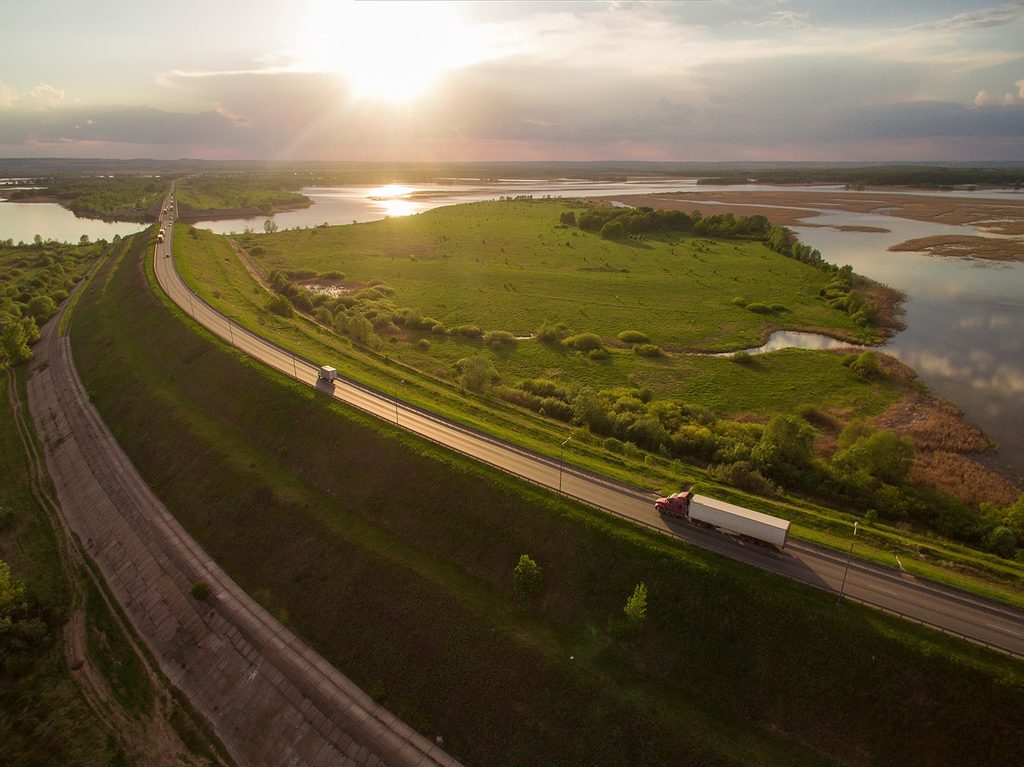
In this article you will find out everything you need to know about asset tracking. It’s a common mistake that many businesses make to think of assets only in terms of cash in the bank and bricks and mortar. Your true assets are all of those tangible, physical items that your business owns (plus intellectual property, contracts, software and goodwill). Every business needs to know how asset tracking works.
These items will all have a value. If they are movable items, then they may sustain damage, be lost or stolen. In other words, they are assets that need protecting … which is where GPS Asset Tracking comes in. Every business needs to know how to locate and account for its assets at any one time. You need to know what you have and where it is.
How to track assets
When an organisation tracks its physical assets this is called Asset Tracking. This works by applying a GPS tracking system, a barcode scanner or Radio Frequency Identification (RFID).
Examples of assets might be:-
- vehicles (trailers, cabs or vans)
- plant or machinery, such as generators
- computers or other technological equipment.
In this article, we’re going to explore the process of Asset Tracking for vehicles and take a look at applying Asset Tracking technology in relation to the Internet of Things (IoT).
How it works
So how does asset tracking work? AddSecure’s software uses a GPS tracking device that transmits and receives through the satellite network. The benefit of this system is that it can communicate across distances and keep accurate, up-to-date logs for everyone using it.
Depending on the nature of your asset, you can choose between hard-wired or mobile tracking devices. The latter can be easily and quickly installed or removed.
What is Asset Tracking Software?
Asset Tracking software brings together all the different aspects of tracking assets into one interface. Instead of depending on hard paper copies or manual spreadsheets, software such as that provided by AddSecure Asset Tracking technology will help you keep all your assets in one system and update them when they need maintenance or need to be replaced.
Features
Typically the software runs in a cloud based server environment that is reachable from web browsers or an app. Normal features include a map that displays all assets with different filters for time and type of assets. In addition it is common with different type of reports and dashboards that are used for access all data that is gathered by the assets in the field.
Asset Tracking software is becoming ever more sophisticated. For example, you can now give accurate times to customers for service requests and product delivery.
IOT
IoT (Internet of Things) Asset Tracking is where sensors and connected devices are used to enable monitoring and management of assets’ location and movements. IoT Asset Tracking can be used for almost any kind of machinery that moves or has moving parts. Therefore, it can even be used in the farming sector for keeping track of livestock.
Protecting assets
A typical example of IoT Asset Tracking is where sensors are fitted to trailers. Perhaps to monitor internal temperatures or to detect when the doors are open. Asset Tracking software can be almost infinitely flexible. For instance, you can configure the software to send notifications 24/7 or perhaps only outside permitted working hours.
Create Service Opportunities with your system
Securely tracking the location and health of valuable assets and inventory is vital to business operations. Managing your assets becomes much easier with IoT-enabled Asset Tracking. These solutions allow you to track your assets remotely, enabling your business to reduce risk and asset replacement and insurance costs.